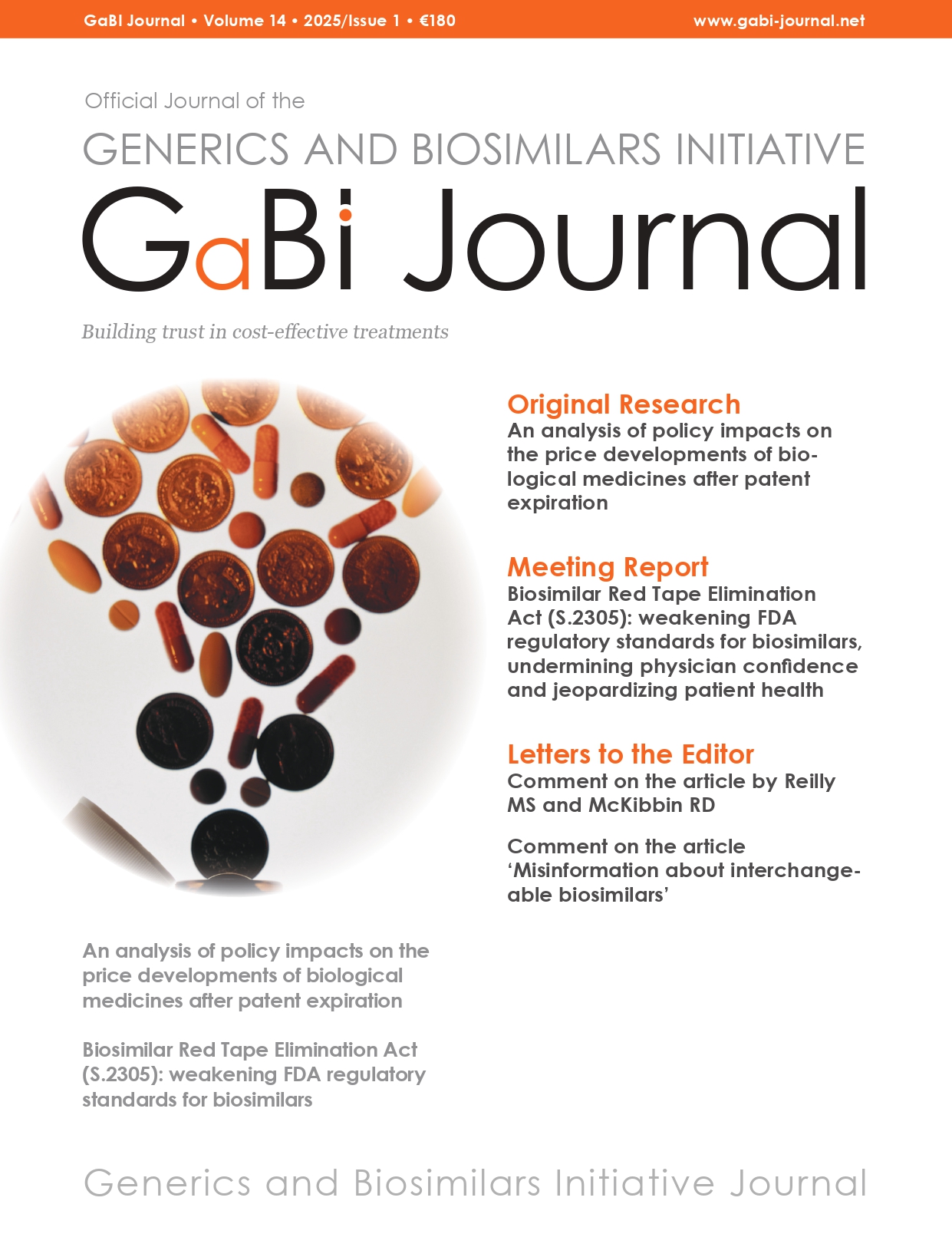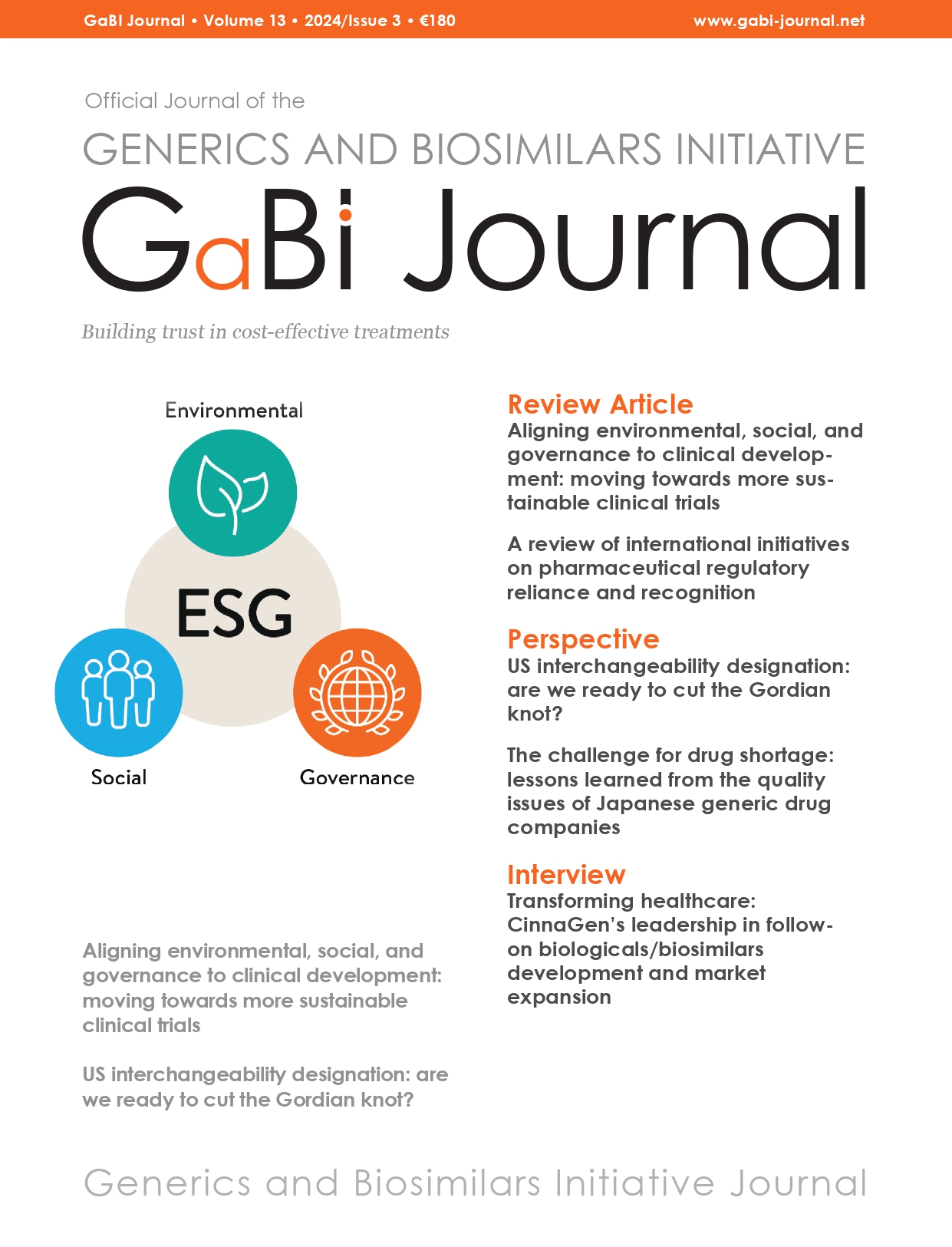The European framework for intellectual property rights for biological medicines
Author byline as per print journal: Josette Sciberras, MBA, MA Bioethics, BPharm (Hons); Raymond Zammit, SThD; Patricia Vella Bonanno, PhD Introduction: The Pharmaceutical Strategy for Europe (2020) proposes actions related to intellectual property (IP) rights as a means of ensuring patients’ access to medicines. This review aims to describe and discuss the European IP framework and […]


